The island of Ta’u in American Samoa has achieved something that very few places on Earth has.
It is powered entirely, come rain or shine, by the Sun.
This is all thanks to one of the world’s most advanced microgrids, which combines solar panels with a huge array of batteries to store excess energy.
It was designed and built by the newly Tesla-owned energy company SolarCity.
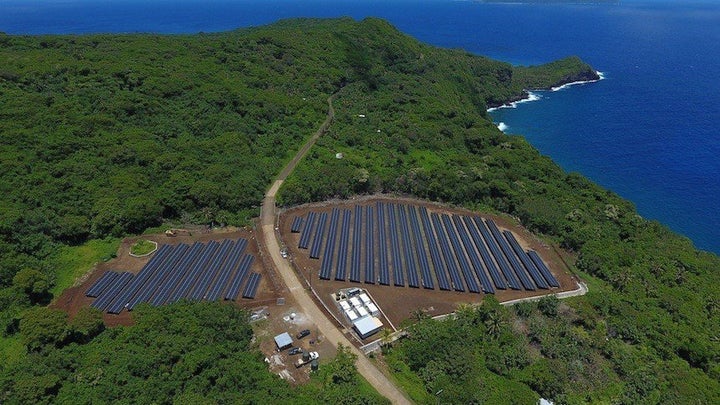
To generate the power, SolarCity installed over 5,000 solar panels at one end of the island.
These produce a massive 1.4 megawatts of power, enough to keep the lights on across the entire island.
Of course, not every day is going to be a sunny one, which is also why Ta’u contains a massive battery installation, allowing the island to store energy for when it’s needed.
Using 60 Tesla Powerpacks the island is able to store enough electricity to supply it for a full three days without any sunlight.

Like many islands around the globe, Ta’u is a long way from anywhere; it’s over 4,000 miles from the American coastline.
This means that getting anything to the island takes a long time and costs a lot of money.
The Rise Of Renewable Energy
Of course Ta’u isn’t the only place where clean energy has been making its mark:
- Earlier this year Germany produced so much renewable energy that its customers actually started making money.
- Elsewhere Scotland achieved an incredible landmark where it surpassed its entire energy needs using just wind power alone.
- Putting both of those to shame however is Costa Rica which earlier this year managed to power itself for over 113 days using nothing but clean energy.
Until now the island had been getting its power through diesel generators, using a staggering 109,500 gallons of diesel every single year.
SolarCity’s microgrid will wipe out that need, and instead replace it with clean, free, limitless energy courtesy of the sun.

“I recall a time they weren’t able to get the boat out here for two months,” said Keith Ahsoon, a local resident whose family owns one of the food stores on the island.
“We rely on that boat for everything, including importing diesel for the generators for all of our electricity. Once diesel gets low, we try to save it by using it only for mornings and afternoons. Water systems here also use pumps, everyone in the village uses and depends on that. It’s hard to live not knowing what’s going to happen. I remember growing up using candlelight. And now, in 2016, we were still experiencing the same problems.”
The project has been funded by the American Samoa Economic Development Authority, the Environmental Protection Agency, and the Department of Interior.
10 Modern Day Wonders Of The Green Energy World
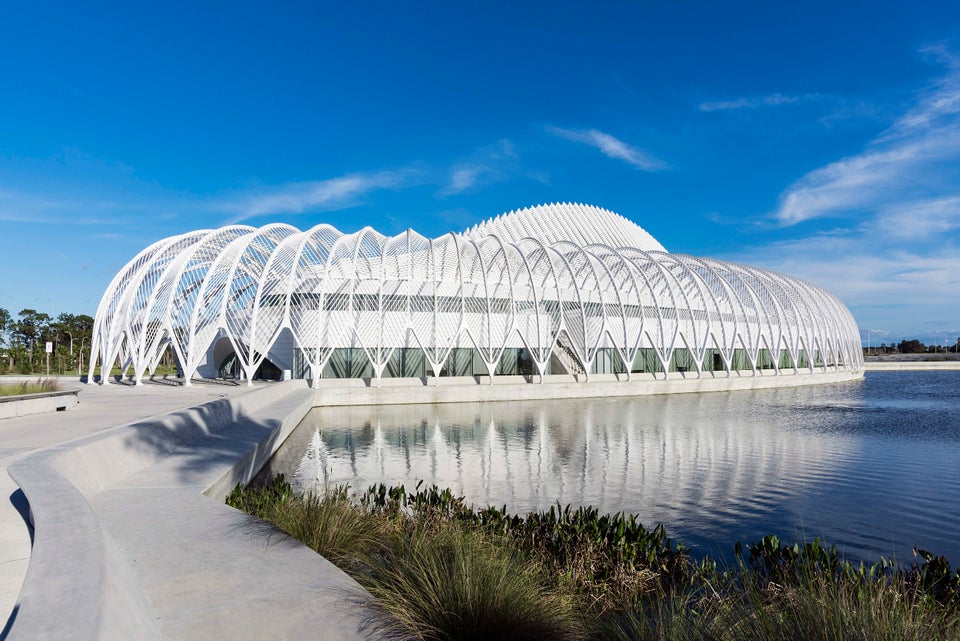
Take the Innovation, Science and Technology Building at Florida Polytechnic University, designed by superstar architect Santiago Calatrava.
The futuristic building combines aluminium, concrete and glass across 200,000 square feet, in a structure that manages to be at once sturdy and delicate. The aluminium trellis helps to cut solar gain by 30%, while an operable roof has 46 aluminium louvers driven by hydraulic pistons to regulate sunlight, which also streams through the vaunted chambers. Can we re-enroll or something?

"A deep green building is not a mere stylistic preference, like Art Deco or Brutalism. The decision to generate power with rooftop solar panels is not akin to selecting granite countertops," explains Bullitt Foundation CEO, Denis Hayes, on the website.
"Deep green buildings are a necessary component of resilient cities, and resilient cities are a strategic necessity if the current generation is to pass on a diverse, habitable planet to the next. Cities must quickly evolve from impersonal, dystopian collections of megaliths into healthy, living ecosystems." The Bullitt Center can help pave the way.

The sail-shaped twin towers of the Bahrain World Trade Center are optimised to help funnel wind through the gap and allow accelerated wind to pass through the turbines, so as to generate more electricity - roughly 11-15% of the towers' total power consumption.
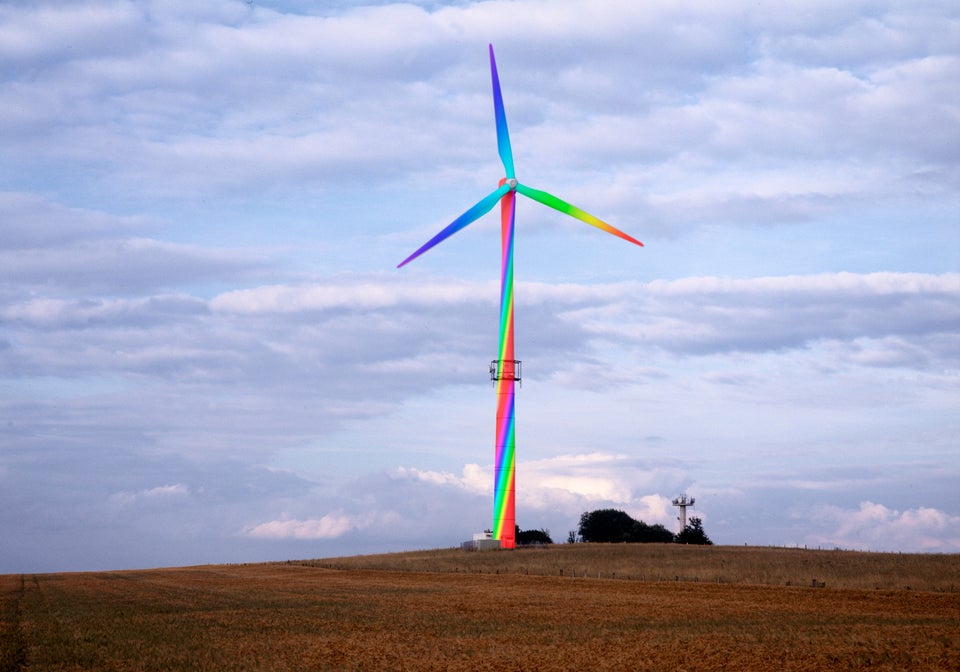
The German artist's project consists of taking bland white turbines and turning them into colourful, beautifully patterned sculptural art pieces in their own right.
These eye-catching pieces make us stop and take a look at what the turbines really represent: innovation, regeneration and a positive future.
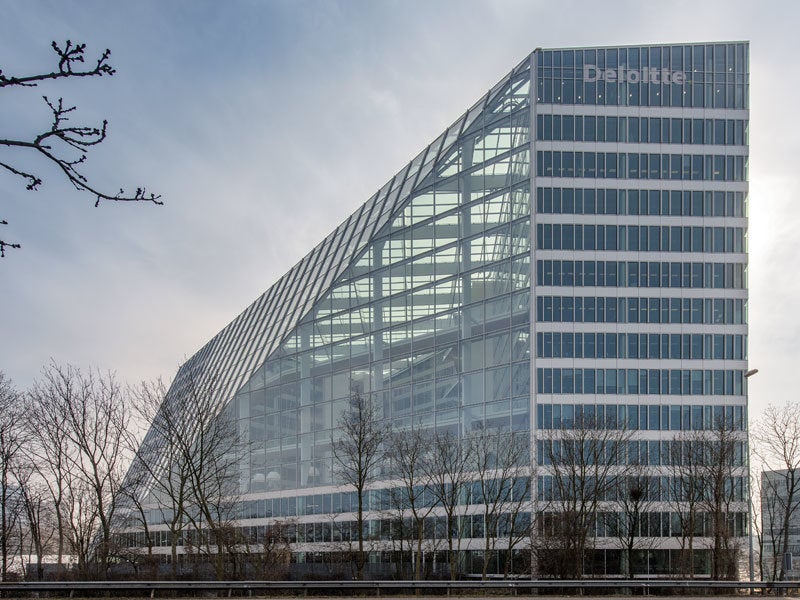
The building is more than energy neutral - it's energy-positive - and uses 70% less electricity than comparable structures. Factor in photovoltaic panels on the roof and south-facing façades, an aquifer thermal energy storage system for heating and cooling, smart technology and frequent monitoring of occupancy, movement, lighting levels, humidity and temperature and you've got the blueprint for how new technologies and sustainable design can thrive in urban centres.
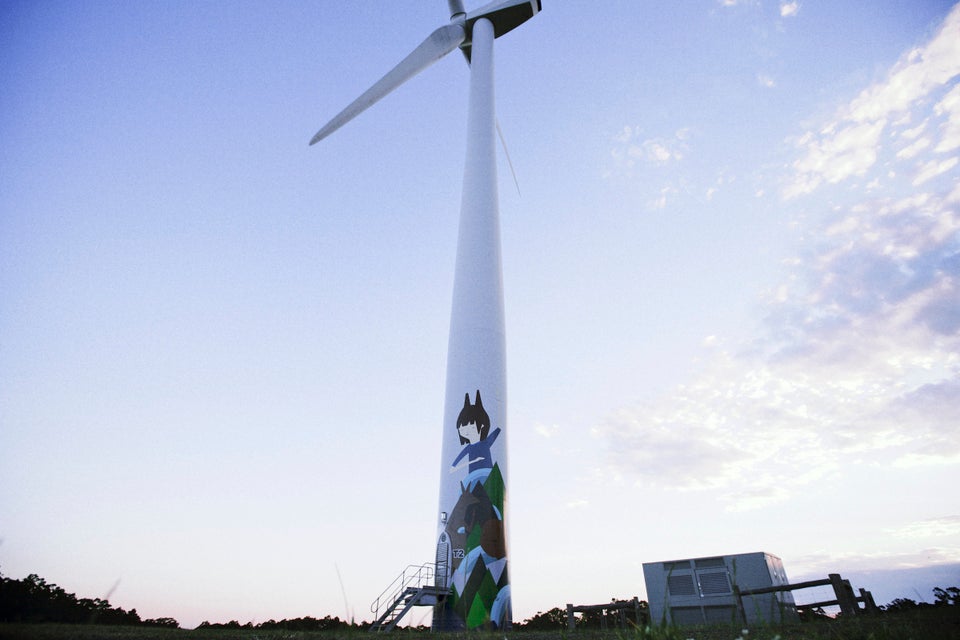
They've also got serious street cred: the turbines have been painted by Melbourne-based street artist Ghostpatrol, making them fabulous to look at, as well as being providers of clean energy.
"The turbines stand as visual reminders of where power comes from and our responsibility to the environment," Ghostpatrol said.
"It was easy to add a positive spirit to the turbines, which are already beautiful. I’m proud to be involved in such a great project and be part of spreading the word about action on energy."
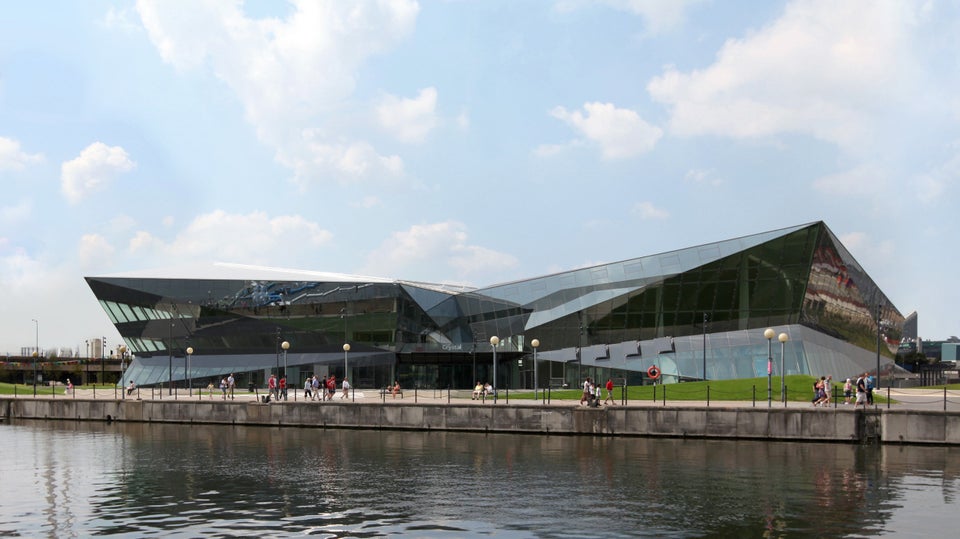
Designed by Wilkinson Eyre, The Crystal's unique shape is inspired by the many sides of a crystal. The all-electric building runs on solar power and a ground-source heat pump to generate its own energy, and uses rainwater harvesting, black water treatment, solar heating and automated building management systems as part of its sustainable design.

The building serves as an education, conservation and research centre, with an aquarium, planetarium, and natural history museum all under a two-and-a-half acre living roof, which can absorb nearly two million gallons of rainwater a year.

It doesn't just look good, it does good, too: the self-sustaining landscapes promote fresh air and natural light in lieu of energy-sapping air con, and the tropical plants promote biodiversity in the space. Any rainwater collected from the upper floors helps to irrigate planters lower down, while the roof has photovoltaic panels to power grow lamps and softscape lighting.
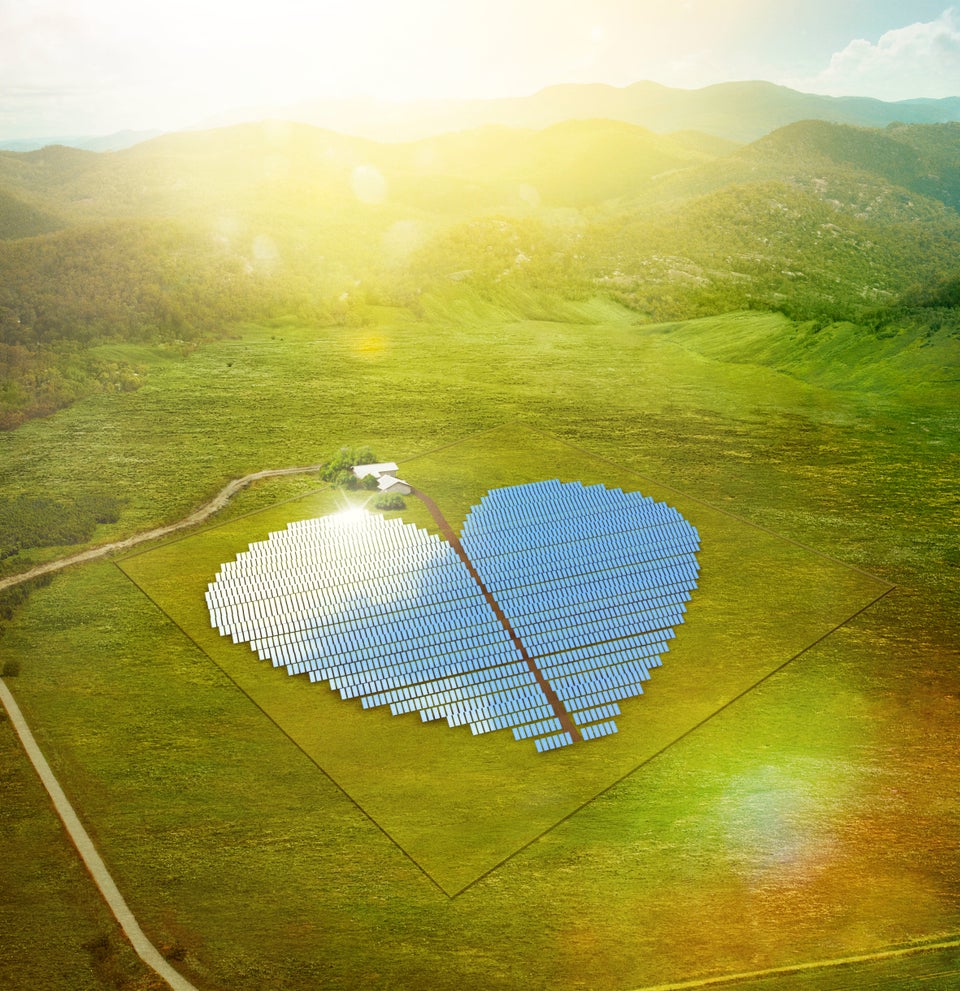
Inspired by Heart of Voh wild mangrove vegetation nearby, the farm will generate electricity to supply power to 750 farms and will save an estimated two million tons of carbon dioxide emissions over its projected 25-year lifetime.
